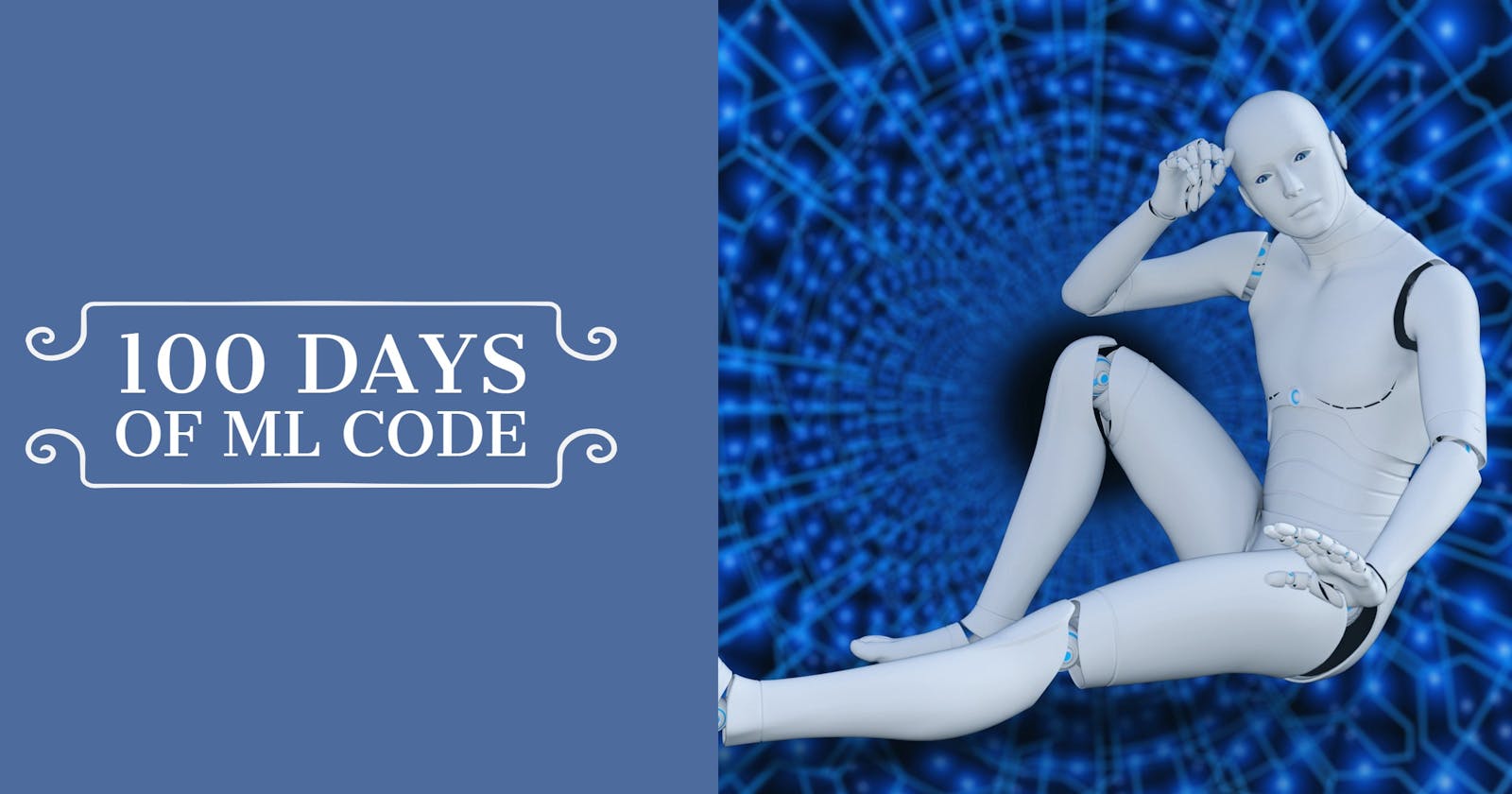Recap From Day 065
Day 065, we looked at Gesture Variation Follower. You can catch up using the link below. 100 Days Of ML Code — Day 065 Recap From Day 064medium.com
Today, we’ll look at how Gesture Variation Follower works.
Working with time
How Gesture Variation Follower works.
We’ve learned the basic features of GVF. It is able to classify very earlier gesture and to align in real time and to estimate variations in real time as well such as speed and size. So now how does GVF work?
To work, GVF needs at least one recorded gesture template for instance. Like in DTW a gesture template is a sequence of features such as a sequence of X, Y values captured by the mouse. The recording phase is called training. In GVF the training phase consists in recording gesture template as many as we want. The goal of GVF is then to estimate a set of elements in real time. These elements are part of the model and are the recognized gestures given by the index of its template, the progression within the recognized gestures given by a continuous value between zero and one whereas zero is the staring point of the template and one is the ending point. And other elements are the relative size and the relative speed all continuous values.
When we say estimating these elements in real time we mean that the estimated value of each one of them is updated at each new observation. Like in gesture follower. An observation being a gesture sample. In the case of the mouse, an observation is a point X, Y at a certain time T. The process of estimating these elements is called inference. Performing inference in real time is also called incrementally inference. As it is incrementally updated at each new observation.
So now the question is how do we infer? join me here tomorrow as we learn how to infer. That’s all for day 066. I hope you found this informative. Thank you for taking time out of your schedule and allowing me to be your guide on this journey. And until next time, be legendary.
References

